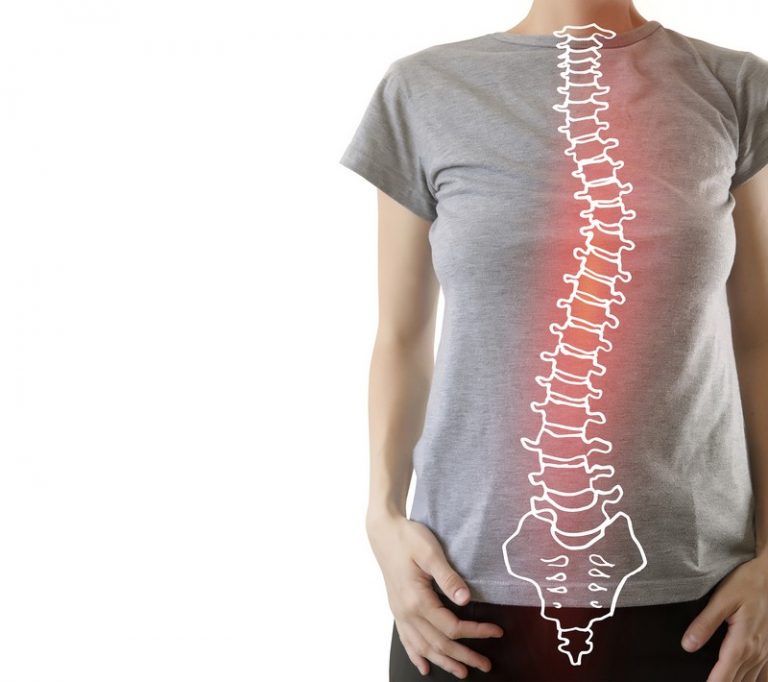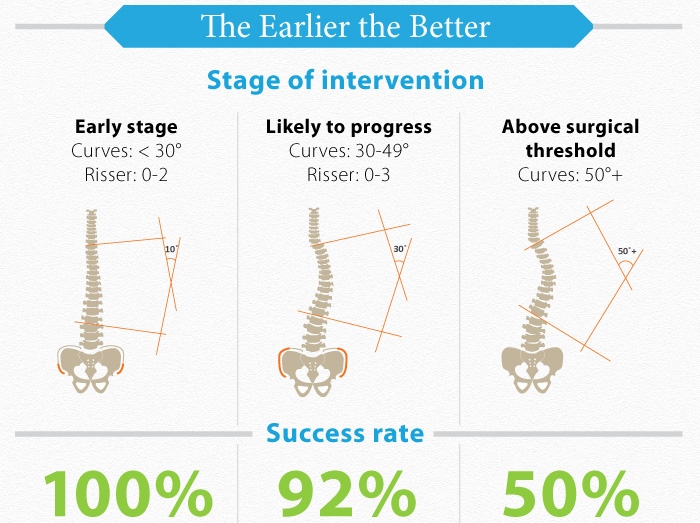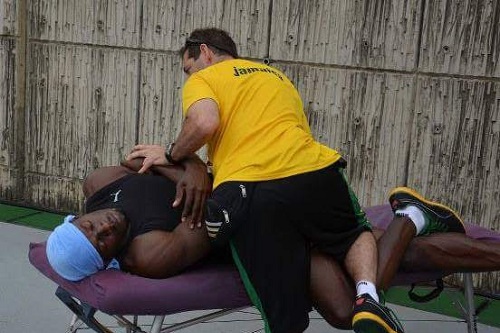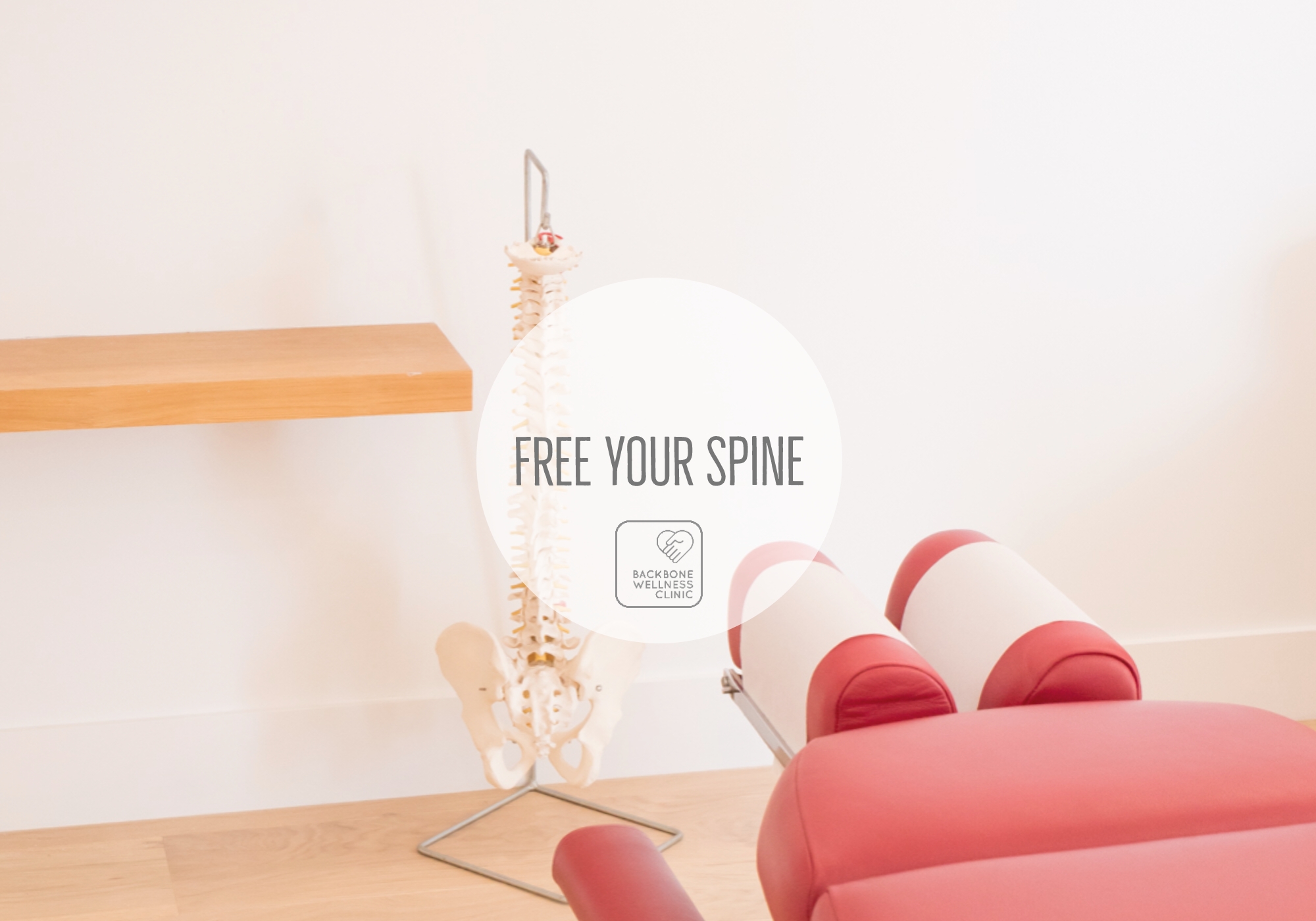Scoliosis Treatment: Chiropractic Management is an Effective Solution
Scoliosis is perhaps the most recognised spinal deformity. Although this is the case, Scoliosis is in fact not a diagnosis but rather a descriptive term for the characteristic curved appearance that is evident in individuals.
Normally, when viewed from the side, the spine should have curves; but when viewed from the front, the spine should be straight. Scoliosis is a progressive, lateral curvature of the spine.
Scoliosis presents in the spine as an abnormal S-shaped curve (when viewed from behind). A normal spinal column is straight except for the normal lordotic and kyphotic curvatures when viewed laterally. If the curvature of the spine is directed towards the left, it is referred to as a levoscoliosis. Conversely, if the curvature is directed towards the right, it is referred to as a dextroscoliosis.
Scoliosis is most commonly seen in the thoracic and lumbar spines and primarily affects adolescents with various different classifications which are explored below:
- Congenital (caused by abnormalities at present at birth)
- Idiopathic (sub-categories include infantile, juvenile, adolescent and adult)
- Secondary (caused by deformities such as Spina Bifida, Cerebral Palsy or physical trauma)
Scoliosis is usually first seen in children between the ages of 10 and 15. However, it can occur in younger children aged 3 to 10 years (juvenile scoliosis) and in babies (infantile scoliosis). Scoliosis can also occur in adults with no previous history, due to spinal degeneration and advancing age. This is called De Novo Scoliosis.
CONCERN FACTORS
There are several critical warning signals and risk factors to watch out for in your children. These warning signs will help you spot the early stages of Scoliosis, allowing you to seek treatment before the condition progresses.
- Clothes not sitting correctly
- Abnormal posture – unlevelled shoulders and pelvis
- Abnormal head position
- Asymmetrical muscle development
- Unilateral prominent ribs and chest cavity
- Unequal gaps between arms and torso
- Family history of Scoliosis
- Unequal leg length

SCREENING PROCEDURES
Scoliosis screening should be done on a regular basis not only by by qualified musculoskeletal specialists but also by parents to guarantee healthy development throughout the growth and development years, since early identification and treatment leads to better long-term outcomes. The most sensitive testing procedures to date are the Forward Bend Test (Adam's position), as well as spinal observation and palpation.
The Forward Bend test requires the child to bend forwards at the hips while maintaining his or her legs straight. While the parent / examiner observes the child from behind, the youngster is told to reach towards the floor. If there is a unilateral prominence, this is clinically diagnostic of Scoliosis. The thoracic rib cage is represented by this prominence.
Spinal palpation and observation are also clinically important. With the child seated, look for an abnormal curvature in their posture. You may feel the curvature of their spine by softly tracing along the spine. In the upright posture, repeat this test. Scoliosis is diagnosed when a curvature is visible or detected on palpation.
SCOLIOSIS TREATMENT OPTIONS
Conservative scoliosis treatments have the best result when the condition is detected early and treated with appropriate and proven methods. By combining treatments into a program tailored for each patient and adjusted according to response, it is often possible to avoid the more unpleasant, expensive, and dangerous options
CHIROPRACTIC
Chiropractic management of Scoliosis is largely dependent upon the age at which it is detected as well as curvature severity. If it is determined that Chiropractic treatment may be beneficial for your child there are a variety of techniques which may be used to not only reduce spinal curvature but also limit its progression.
Specific manual adjustments (spinal manipulation) are made to constrained joints during spinal manipulation for back pain in order to enhance joint alignment, flexibility, and movement as well as to reduce tension, pain and pressure.
Joint mobilisation is for those who dislike manual adjustment or during acute episodes of pain where, joint mobilisation is a more gentle therapy that is frequently employed.
Flexion-distraction and traction therapy as a sort of joint mobilisation that gently stretches the spinal joints, flexion-distraction and traction treatment is a particularly useful method for disc issues, Scoliosis, and other joint-related conditions.
Postural correction & core strengthening exercises are two activities that can help with musculoskeletal issues that are underlying, with your chiropractor being able to subscribe, monitor and tailor those exercises for each individual patient.
Flexibility exercises & stretches are an excellent way to improve overall flexibility, release tension and support mobility. Most exercises and stretches are tailored to busy modern lives and easily integrate into your daily routine.
Activator Technique or Impulse Mobilisation Therapy (hand-held instruments) is used to facilitate improved joint mobility and is appropriate for all persons and levels of severity.
SOT pelvic blocking (mobilisation of pelvic joints) to promote pelvic and sacral joint mobility
MASSAGE
Massage for muscular tightness and tension is common for Scoliosis sufferers due to the abnormal spinal positioning. Specific massage and muscle releasing techniques are ideal for improving muscle tension and therefore relieving pain
EXERCISE PRESCRIPTION
Flexibility & Strengthening Exercise prescription is necessary. Specific exercises depend on the nature of the curvature and must only be recommended by a trained professional
SURGICAL & ORTHOPEADIC
Bracing is commonly considered when there is a chance of advancement. Bracing may prevent the need for surgery in some circumstances, and the process entails specially creating a brace to suit the individual's torso, much like a corset. The brace applies pressure to certain parts of the spine in an effort to straighten the curvature.
Casting is wrapping a plaster mould around the child's torso, which is supposed to aid in 'moulding,' or permanently modifying the position of the spine as the child grows and develops.
Spinal rods have been used to rectify scoliosis curvatures, however there are risks that must be addressed before proceeding. Most typically, spinal rods are implanted along the spine; nevertheless, shown disadvantages include adult persistent back pain, limited mobility, and sciatica.

Looking for scoliosis pain relief?
Want to try chiropractic care for yourself?
Call us today or book online for your assessment.

Usain Bolt talking about his Scoliosis

Usain Bolt getting a Chiropractic Adjustment
RESEARCH ON SCOLIOSIS AND CHIROPRACTIC
Spinal manipulative and rehabilitation techniques resulted in clinically significant improvements in Scoliosis severity. Villafane, J et al (2012). Manipulative and rehabilitative therapy as a treatment of idiopathic scoliosis without psychological sequelae: A case report. Journal of Chiropractic Medicine, 11(2); 109 – 114
Following a schedule of multi-modal Chiropractic management improvements were demonstrated both subjectively and objectively in radiographic changes, pain levels and overall disability. Morningstar, M. (2011). Outcomes for adult scoliosis patients receiving Chiropractic rehabilitation: A 24-month retrospective analysis. Journal of Chiropractic Medicine, 10(3); 179 – 184
Chiropractic care resulted in a reduction in overall spinal curvature in an adolescent with idiopathic scoliosis suggesting it is an effective scoliosis treatment option. Kao-Chang, C. (2008). Adolescent idiopathic scoliosis treated by spinal manipulation: A case study. Journal of Alternative and Complementary Medicine, 14(6); 749 – 751

